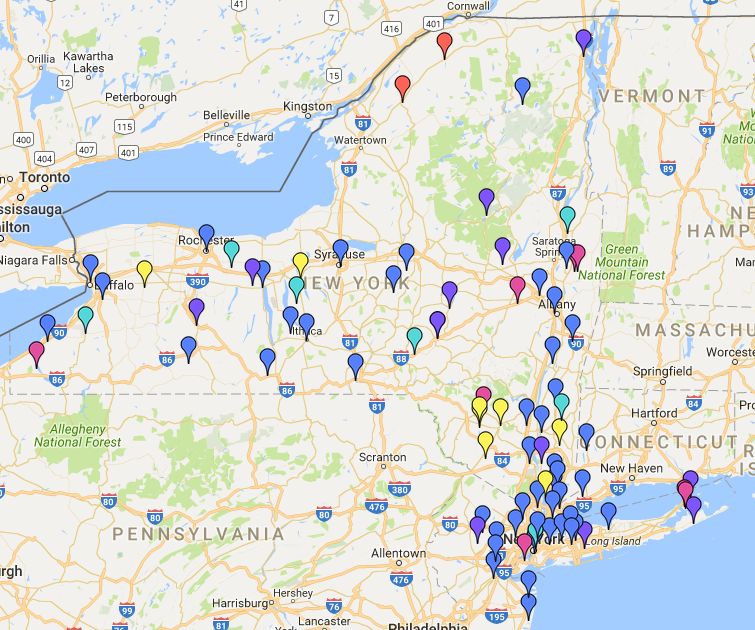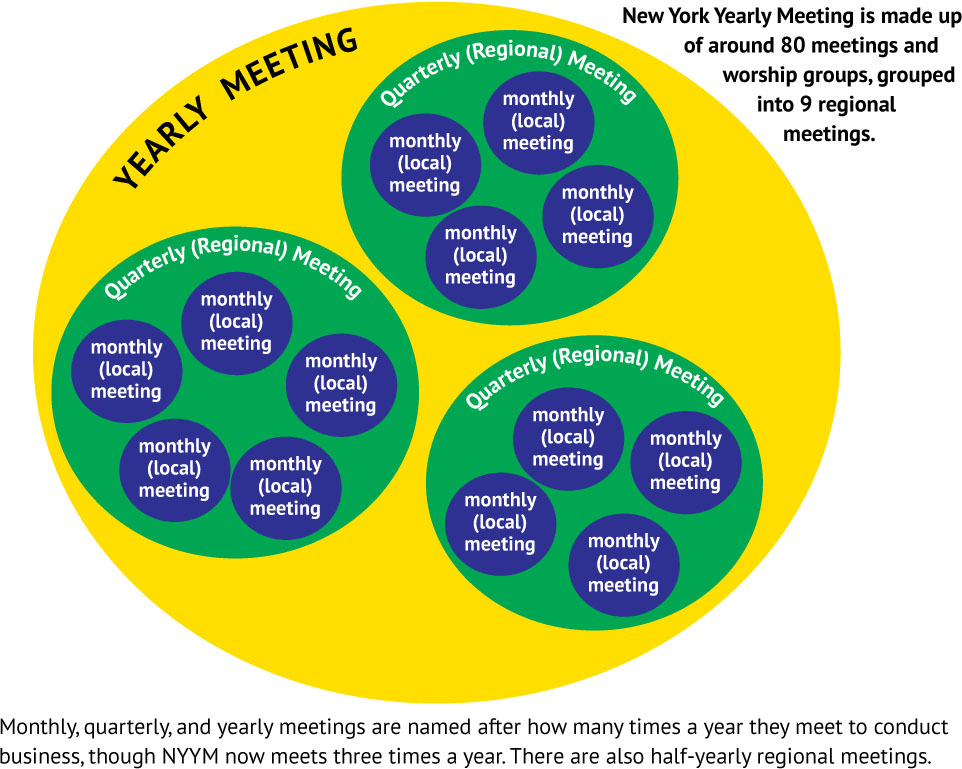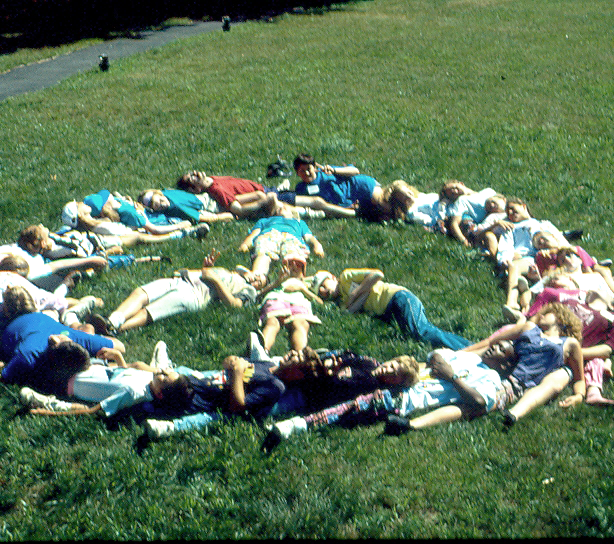American Friends faced a new set of issues in the eighteenth and nineteenth centuries. The United States during this period became a nation, and the spread of liberalism and democracy increasingly challenged authoritarian regimes. Methodism had spread across England and the United States; it brought religious enthusiasm and disciplined living to many people and stirred up many Friends’ groups.
By 1825 many Friends’ meetings seemed to share the spiritual inertia that had characterized the English churches when George Fox began to preach. Rather than encouraging vital spiritual experience, Quakerism had become largely a religion of habit and form that held to a glorious past without its substance. Behind this complacency, however, were tensions. First among these were tensions between historical Christian beliefs and the assertion of the primacy of the Inward Light of Christ, with its degree of freedom from some commonly-held traditions of historical Christianity. A second came from the elders’ enforcement in some meetings of rules that others saw as intrusive. A third reflected social-class and urban-rural differences of thought and behavior. In some meetings Friends bore all these tensions simultaneously, as generally orthodox-Christian, elder-supporting, richer, urban Friends acrimoniously and resentfully opposed Inward-Light-oriented, elder-questioning, less-well-off, rural ones acrimoniously and resentfully opposed each other. As Friends confronted the world less and concentrated more on their beliefs, these tensions grew and separated Friends from Friends in several bitter divisions over the years. Some opposed these separations and continued communication between otherwise estranged Friends.
The first of these separations arose around the testimony of Elias Hicks (1748–1830) of Long Island. He taught, very persuasively, that the Indwelling Christ is the heart and center of Quakerism. This he believed to be original Quaker teaching as well as expressive of his own experience. Others, influenced partly by several visiting British Friends, were concerned that the teaching of Hicks left out what they considered essentials of historic Quaker faith, especially its relation to the historic Jesus and the Bible. Conflict broke into the open in the early 1820s and caused the separation of five yearly meetings into two groups: the “Hicksites,” who emphasized the Christ Within; and the “Orthodox,” who emphasized the historical Christ Jesus.
The Philadelphia Yearly Meeting was the first to divide (1827), followed by New York, Ohio, Indiana, and Baltimore (1828).
A later controversy, centering on Joseph John Gurney (1788–1847) and John Wilbur (1774–1856), led to further separation among Orthodox Friends. Gurney stood for the authority of the Bible and the necessity for its careful study, the use of evangelistic methods, and reliance upon the atonement of Jesus Christ. Wilbur, feeling himself the defender of the original Quaker message, held to the infallibility of the Inward Light and stood for a less theological, non-evangelical type of Quakerism. This led to divisions into Gurneyite (still called Orthodox) and Wilburite (or Conservative) yearly meetings in New England in 1845 and later in New York (1853) and other yearly meetings.





